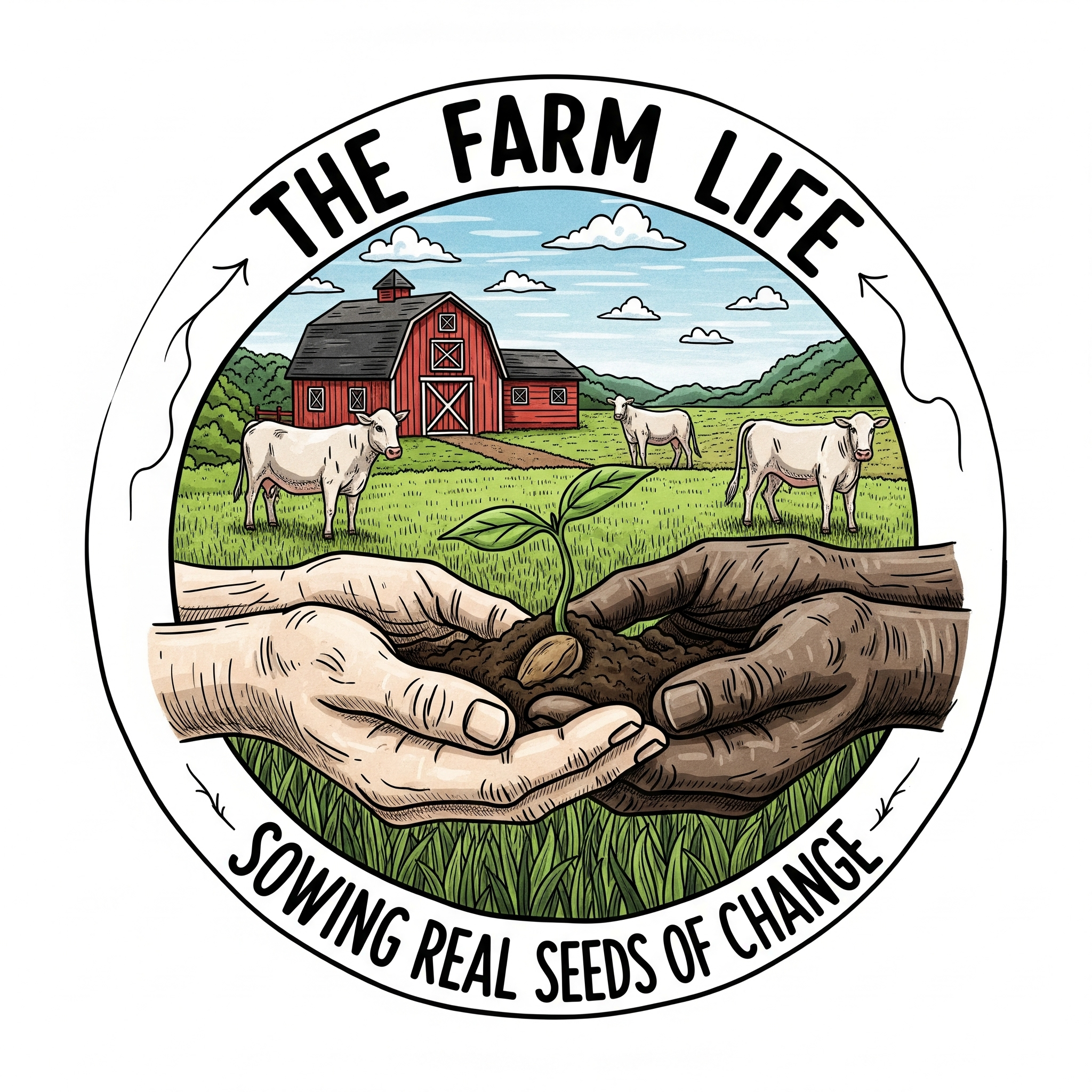Composting for the Farm and Household
🌿 What Is Composting?
Composting is the natural process of recycling organic matter—like food scraps, leaves, and manure—into a nutrient-rich soil amendment known as compost. Whether on a large farm or in a backyard, composting reduces waste, enriches soil, and plays a crucial role in building a sustainable and regenerative food system.
🏡 Composting at Home
Home composting is a simple way for individuals and families to reduce landfill waste and nourish their gardens.
✔️ What You Can Compost at Home:
- Greens (high in nitrogen): fruit and vegetable scraps, coffee grounds, tea bags, eggshells
- Browns (high in carbon): dry leaves, shredded newspaper, cardboard, sawdust
🚫 What to Avoid:
- Meat, dairy, and oily foods (attract pests)
- Diseased plants or pet waste
- Plastic, metal, or treated wood
🌀 How to Compost at Home:
- Choose a bin – outdoor pile, tumbler, or indoor worm bin
- Add layers – alternate greens and browns
- Maintain moisture – like a wrung-out sponge
- Aerate – turn the pile weekly for oxygen
- Wait & harvest – in 2–6 months, compost is dark, crumbly, and earthy-smelling
Home composting is ideal for gardens, potted plants, and even sharing with local farms or community gardens.
🚜 Composting on the Farm
Farms generate larger quantities of organic waste and often have more space and equipment to manage it. Composting on a farm helps recycle crop residues, livestock manure, and food waste into a valuable on-site soil amendment.
🛠️ Common Farm Composting Materials:
- Crop residues
- Animal manure (aged or mixed with carbon sources)
- Spoiled hay or straw
- Wood chips and sawdust
- Farm food waste
💡 Best Practices for Farm Composting:
- Balance the carbon-to-nitrogen (C:N) ratio – ideally around 25–30:1
- Pile size matters – at least 3’x3’x3′ to generate heat
- Monitor temperature – active piles reach 130–160°F
- Turn regularly – using a tractor, loader, or by hand
- Control moisture – 50–60% is optimal (too wet = anaerobic; too dry = inactive)
- Cure before use – allow compost to stabilize before field application
Farm compost can be used in fields, orchards, hoop houses, or as a top-dressing to reduce chemical fertilizer use and build organic matter.
🌎 Why Composting Matters
Whether at home or on the farm, composting offers critical environmental benefits:
- Reduces landfill waste and methane emissions
- Improves soil structure, water retention, and microbial life
- Suppresses plant disease and reduces chemical dependency
- Closes the loop between food production and waste
🌱 Composting as Climate Action
By turning waste into a resource, composting becomes a climate-smart and community-powered practice. It aligns with regenerative agriculture, food sovereignty, and sustainability goals—making it one of the most accessible ways to heal soil and reduce harm.

Founder/CEO –At Harvesting Change & The Farm Life, our mission is to sow real seeds of change by nurturing a hands-on, inclusive learning environment rooted in sustainable farming, community connection, and traditional wisdom rooted in equity, sustainability, and social justice. We cultivate more than just gardens—we grow knowledge, resilience, and relationships that nourish people of all races, genders, and ages and the land alike.
